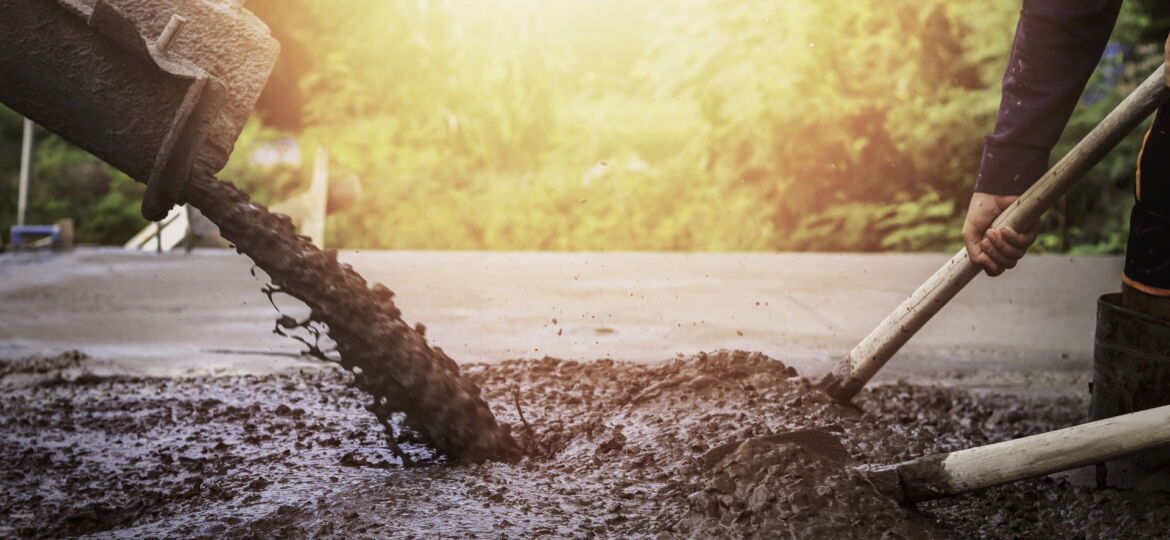
When you eat something you enjoy, do you find yourself wondering about the recipe? When you see something beautiful, do you wonder how it was made? Fortunately, good concrete is an example of something that can be beautiful, if you follow the “recipe.” What is the recipe for good concrete?
First You Need Cement
Cement and concrete are often thought of as the same thing, but cement is actually the most important ingredient in concrete. Cement itself has a variety of recipes. Ancient cement was different from modern cement, relying on readily available materials, like volcanic ash and sea shells. Modern ingredients include chalk, slate, sand, and iron ore. Such ingredients are crushed together into pieces no larger than 3 inches wide. The crushed mixture gets heated to about 1,483 Celsius (about 2,700 degrees Fahrenheit), which forces any embedded gases to escape. The result is gray marble-like pieces called clinker. The clinker is added with other ingredients, like limestone or gypsum. Once that combination is ground down to a powder, it’s officially cement, and ready to be added with other components to make concrete.
Adding the Rest
The two other main ingredients to concrete do not take much preparation. Along with cement, aggregates are added to the mix. Aggregates are materials like sand, gravel, crushed rock, or even crushed recycled concrete. The aggregates provide strength to the concrete. Along with cement and aggregates, concrete requires water to turn it from a powder into a paste, or a liquid state. At that point, the concrete mixture is poured into a mold, then allowed to cure. The curing process can take over a month depending on circumstances like humidity, temperature, and the ratio of the ingredients in the concrete itself.
Uses for Concrete
Once the concrete is cured and set, it’s a strong, hard substance that stands up to a lot of pounding. But concrete in Roseville or anywhere else has its limits. Many liquid substances can corrode or deteriorate concrete over time. Heavy traffic or vibration also break down the structure of concrete. But adding epoxy coatings to the surface of concrete helps protect it from such attacks. Epoxy coating resists scrapes, cuts, spills, and corrosion. They also absorb vibrations from above and below.
West Coast Epoxy is familiar with almost any concrete mixture. Our epoxy coatings help concrete floors in Roseville stand up against wear, tear, or the test of time – and they look fantastic doing so! You can see for yourself in our gallery, and you can find out more by calling our office or scheduling a free consultation with our online form.

